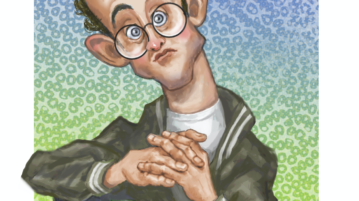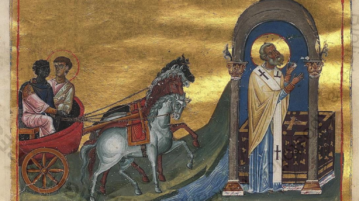
James Purdy’s Provocative Ambiguities
Everything in Purdy’s Malcolm may be described as “firmly evasive,” which no doubt enhanced the sexual mysteriousness of the novel for its original readers. Early in the novel, unable to follow Malcolm’s explanation of his relationship with Dr. Cox, Estel replies “Of course” by way of encouraging Malcolm to continue, only to reflect suddenly “that he had said of course to something he had not understood in the least.”
More







